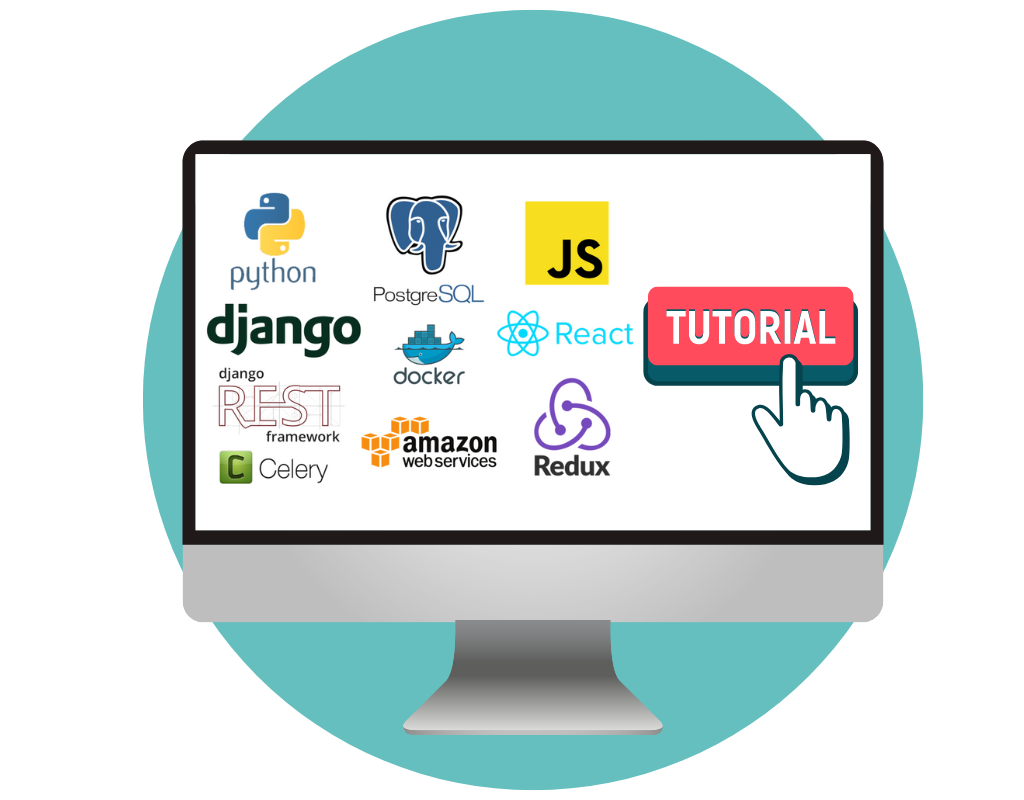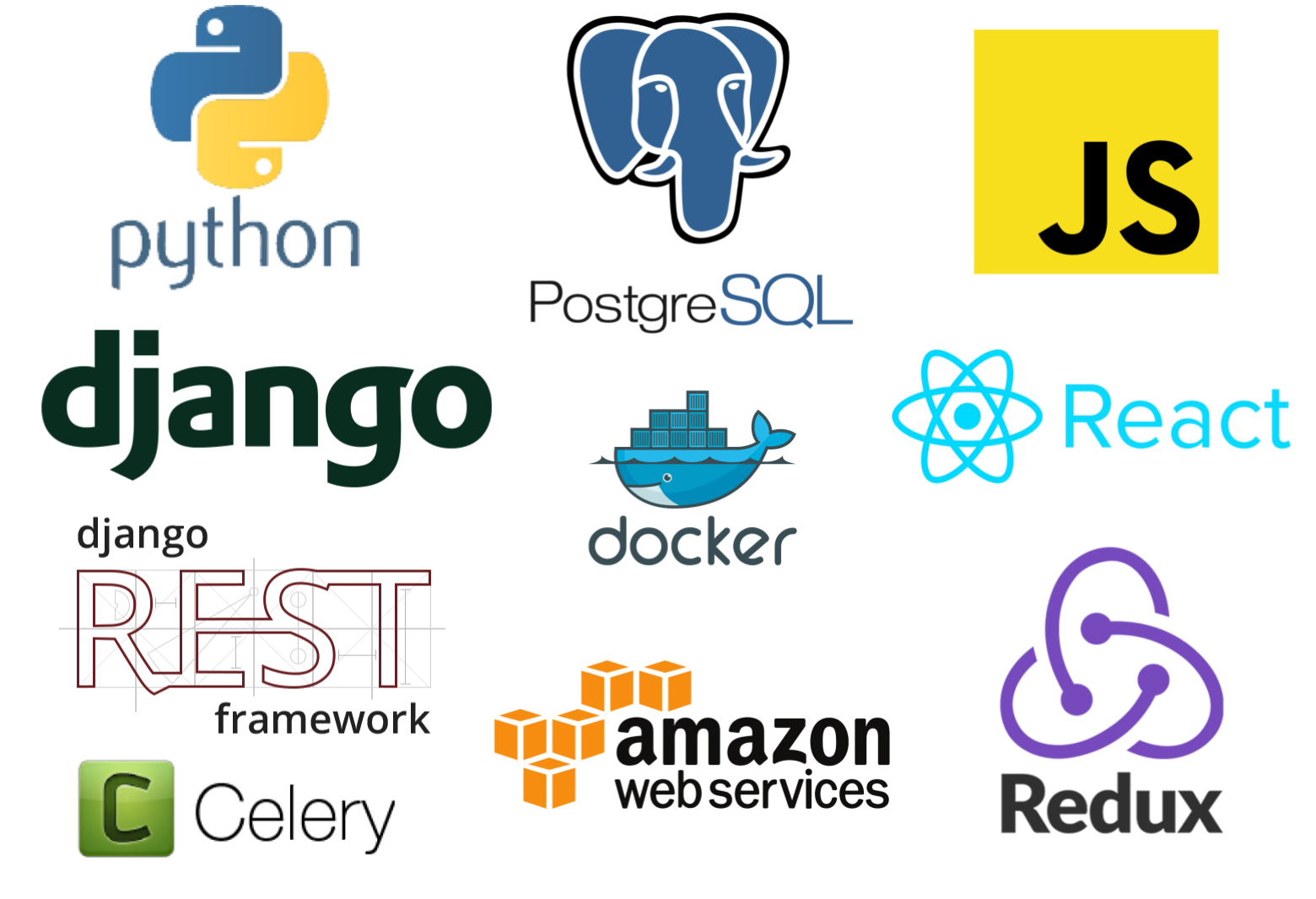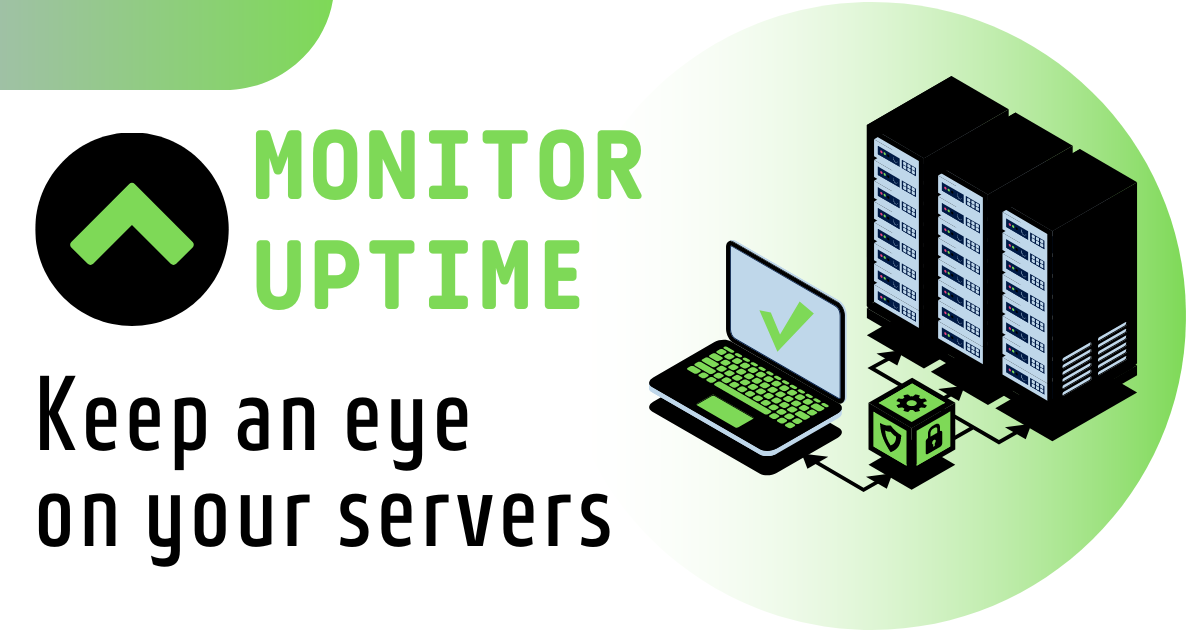Build your SaaS with React & Django
Discover our step-by-step tutorial on how to build and deploy a real SaaS application from scratch with React and Django
Send me an example lesson
Discover our step-by-step tutorial on how to build and deploy a real SaaS application from scratch with React and Django
Send me an example lessonWe build a real Software-as-a-Service product and make a step-by-step tutorial that shows how the SaaS application was created. The app we build is the monitor-uptime.com. It checks the uptime status for servers and notifies users when the server is down. Additionally, we use a Machine Learning algorithm to detect anomalies in server time responses, so we can warn users about potential problems before they occur.
It is a new way of creating tutorials. You will build a complete product, deploy it to the cloud, and make it publicly available.
We cover many important aspects of web application development during the course
Frontend with React and Redux in TypeScript
Backend with Django (Django Rest Framework) in Python
User login, logout, registration, email verification, account management
Integrate payment vendor (Paddle) and accept monthly subscriptions
Use Celery backgound tasks for data gathering
Data visualization on private and public dashboards
Anomaly detection predicted with Machine Learning model
Email notifications with alarams and warnings
Secure deployment to the cloud with HTTPS support

The tech stack that we are using consists of Typescript + React + Redux in the frontend. For backend we are using Python + Django + Django REST Framework + PostgreSQL + Celery.
We deploy with docker-compose on AWS with an Nginx server and certificate from Let's Encrypt.
The source code created during the course might be a great starter for your new project.
The course is created as text posts. Each new piece of code that is added to the project has an explanation.
You get a membership to the course's private repository on GitHub with instant access to all updates.

⚙️ means backend code 🎨 means frontend code 📅 coming soon

Don't be frustrated when you hit the blocker

Subscribe to our newsletter to receive product updates and discounts